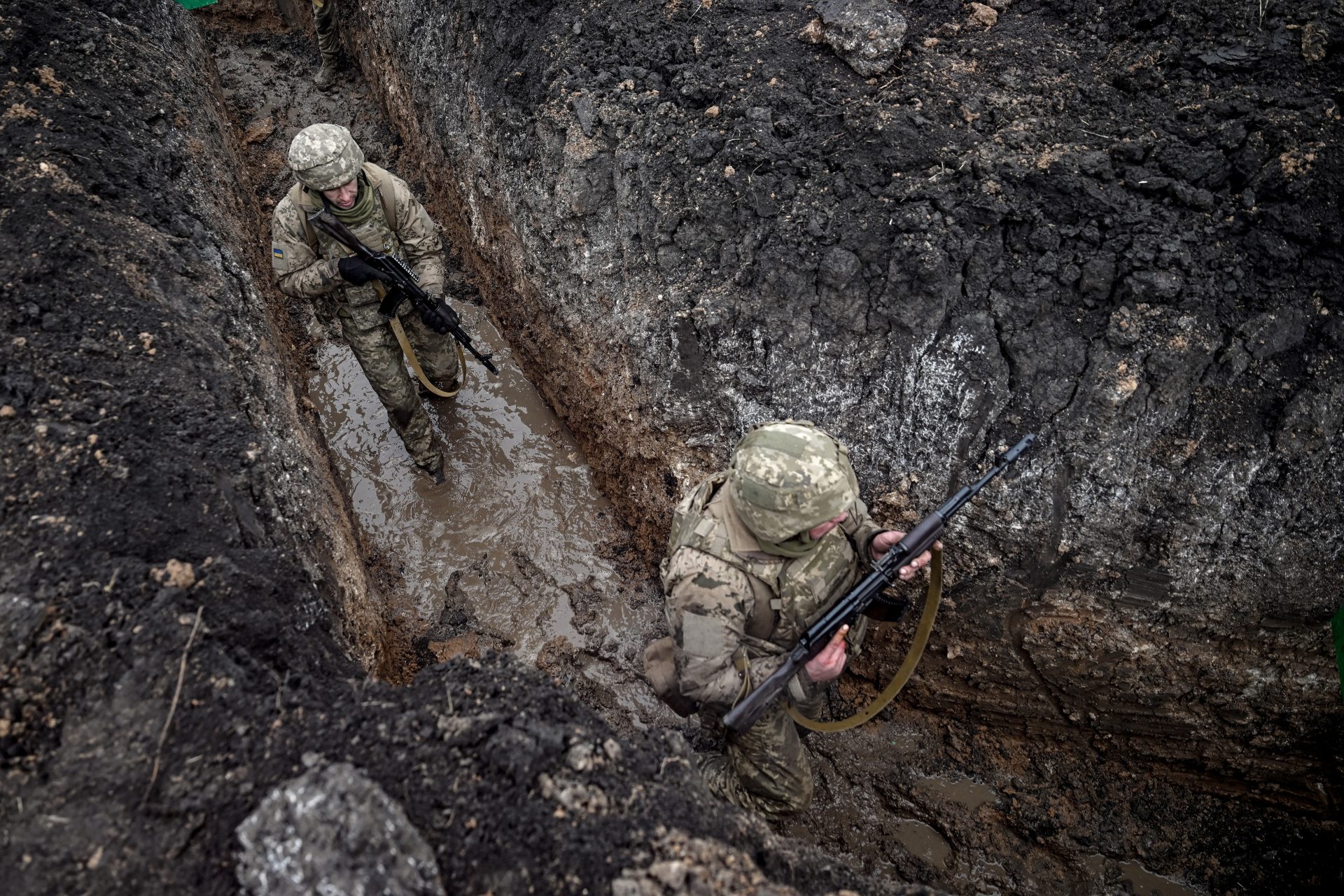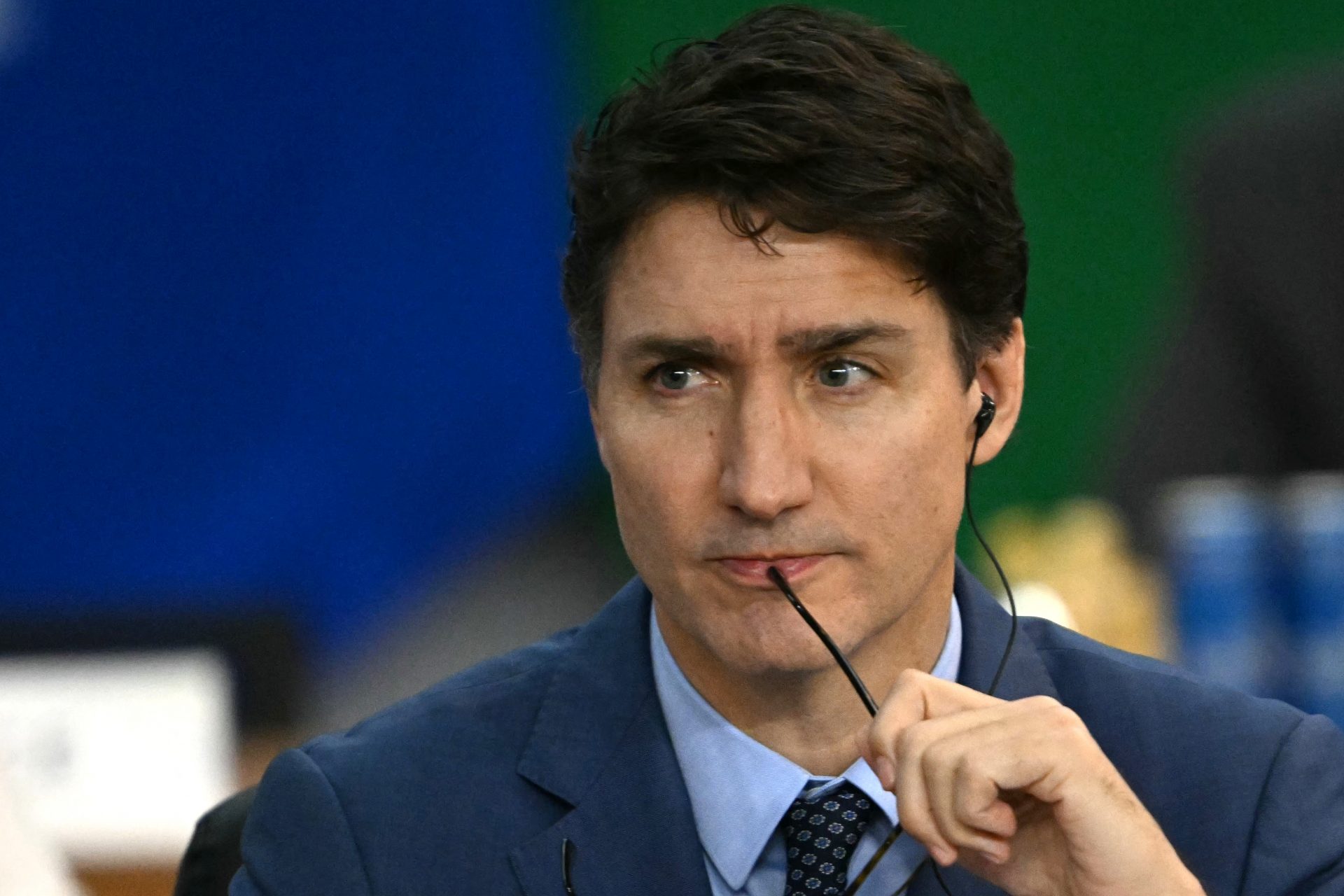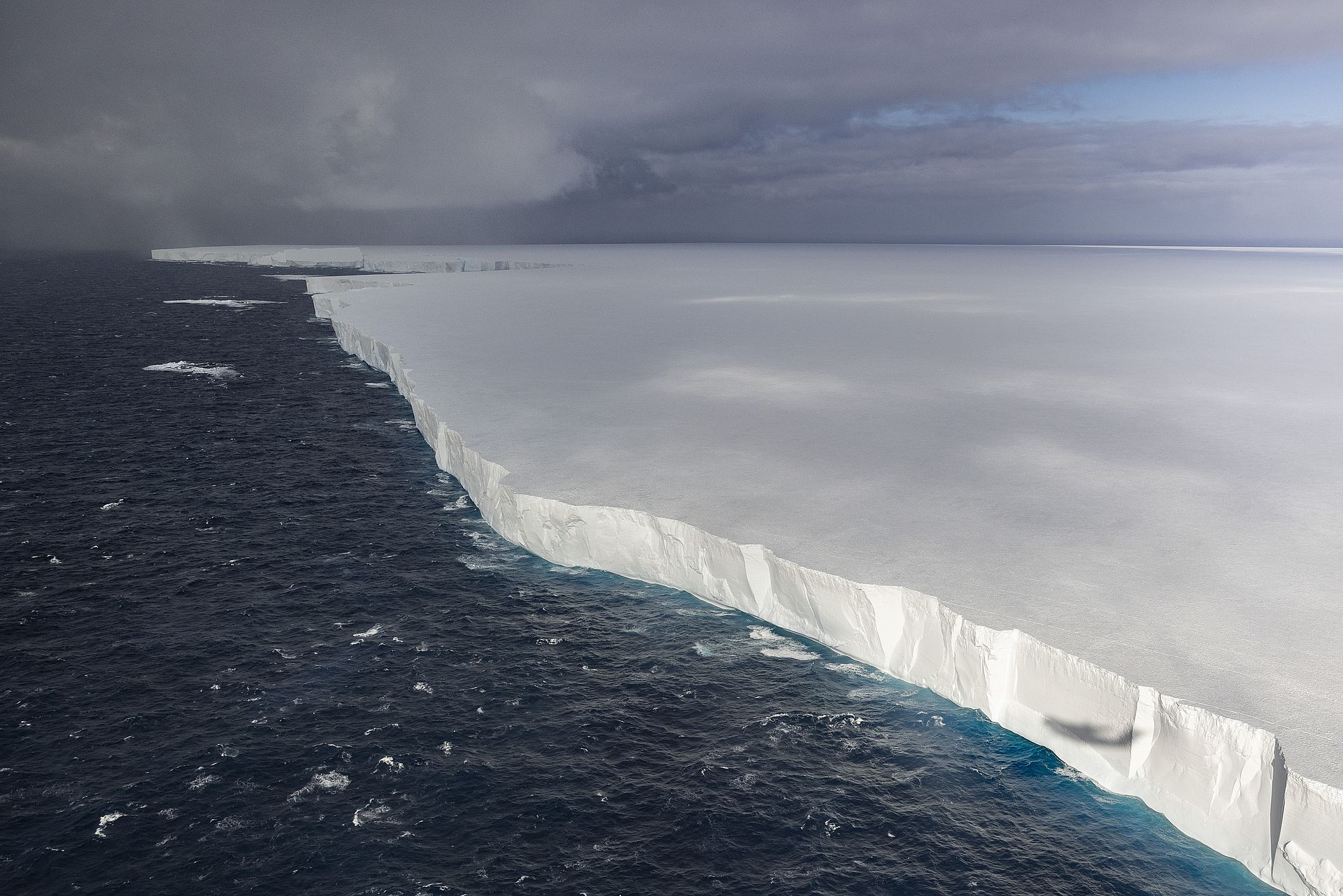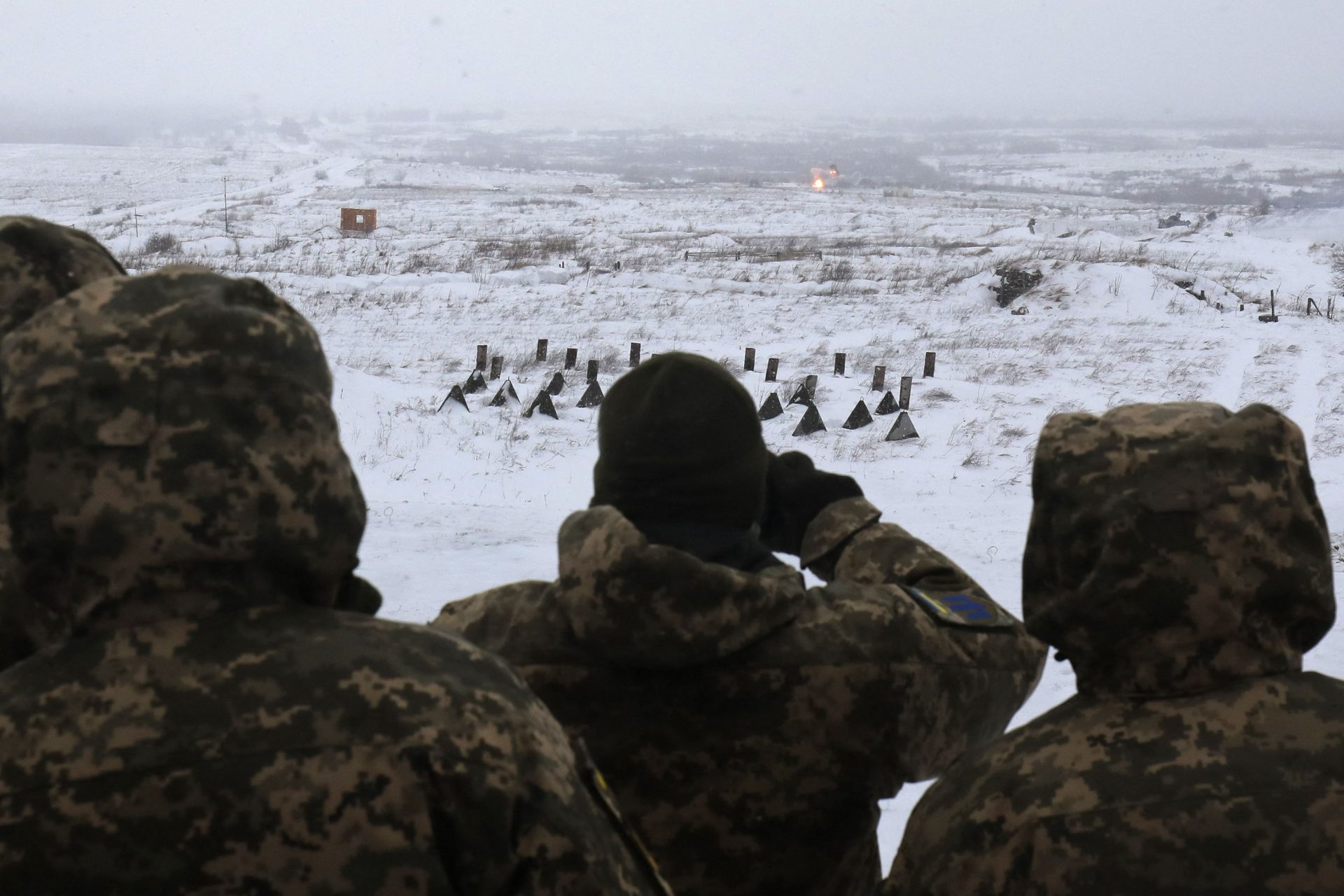North Korea fires ballistic missiles and a top general to start off the New Year
Kim Jong Un started off his New Year with a bang after launching 3 short-range ballistic missiles and firing the country's second most powerful general Pak Jong Chon.
Tensions on the Korean Peninsula rose to new heights on December 31st when North Korean forces launched tests of several ballistic missiles toward South Korea's eastern waters as a response to drone activity at their demilitarized border.
But the launching of missiles wasn't the most interesting thing that happen in North Korea in the last few days. State media channel KNCA news just announced the firing of top-ranking military official Pak Jong Chon
General Pak was North Korea's second-highest-ranking military official and Vice Chairman of the Central Military Commission of the Ruling Workers Party of Korea, a position that gave him an immense amount of power within the hermit kingdom.
No reason was given for Pak's dismissal according to a Reuters report. But it was announced that North Korea's second most powerful official would be replaced in his post by Ri Yong Gil, a relatively important lieutenant general in the North Korean Army.
Ri's new appointment came just days after Kim Jong Un ordered a huge new expansion of his country's nuclear arsenal and weapons program, a worrying sign so shortly after North Korea's many successful intercontinental ballistic missile tests at the end of 2022.
On November 18th, 2022, North Korea launched an intercontinental ballistic missile that landed in Japanese territorial waters.
The successful missile test achieved a sustained flight and demonstrated that the country was now capable of striking any mainland target in the United States.
This was the second major test launched by the North Koreans during November in their attempt to show the potential of their nuclear arsenal amidst rising tensions on the Korean peninsula.
North Korea fired at least 88 ballistic missiles in 2022, as well as one other intercontinental ballistic missile (ICBM) that had a range of 9300 miles, though that test ended in failure.
Until recently, American authorities doubted whether or not North Korea actually had the capability to strike the U.S. mainland.
Tests of North Korea’s Hwasong-14 and Hwasong-15 in 2017 proved the country had developed the possible potential to reach the United States.
But those tests didn’t indicate that the North Koreans had made the necessary technological leap to evade U.S. air defense systems.
On November 3rd, North Korea launched a suspected Hwasong-17 missile but it failed to achieve its flightpath and quickly fell into the ocean after stage separation.
The missile North Korea fired on November 18th achieved a successful launch and had an altitude of 3,700 miles, staying in the air for over 69 minutes before it landed roughly 130 miles off the coast of Japan’s second-largest island, Hokkaido.
Japanese Defense Minister Yasukazu Hamada stated that depending on the weight of this warhead, North Korea’s missile test showed that the country could reach in excess of 9,320 miles, “in which case,” Hamada said, “it could cover the entire United States.”
The United States was quick to condemn North Korea and vowed to take all necessary precautions to protect the safety of its South Korean and Japanese allies.
"This conduct by North Korea most recently is a brazen violation of multiple UN Security Resolutions,” said Vice President Kamala Harris, “It destabilizes security in the region and unnecessarily raises tensions."
Harris was in Bangkok at the time of the missile launch, attending the Asia-Pacific Cooperative forum, and went on to condemn Kim Jong-Un and his government for their actions.
"We strongly condemn these actions, and we again call for North Korea to stop further unlawful, destabilizing acts,” Vice President Harris said.
"On behalf of the United States, I reaffirm our ironclad commitment to our Indo-Pacific Alliances,” Harris continued, “Together the countries represented here will continue to urge North Korea to commit to serious and sustained diplomacy."
North Korea’s launch came just weeks after they promised retaliation during Operation Vigilant Storm, a four-day training exercise between American and South Korean forces designed to test the combat readiness of allied forces on the Korean peninsula.
More for you
Top Stories



































